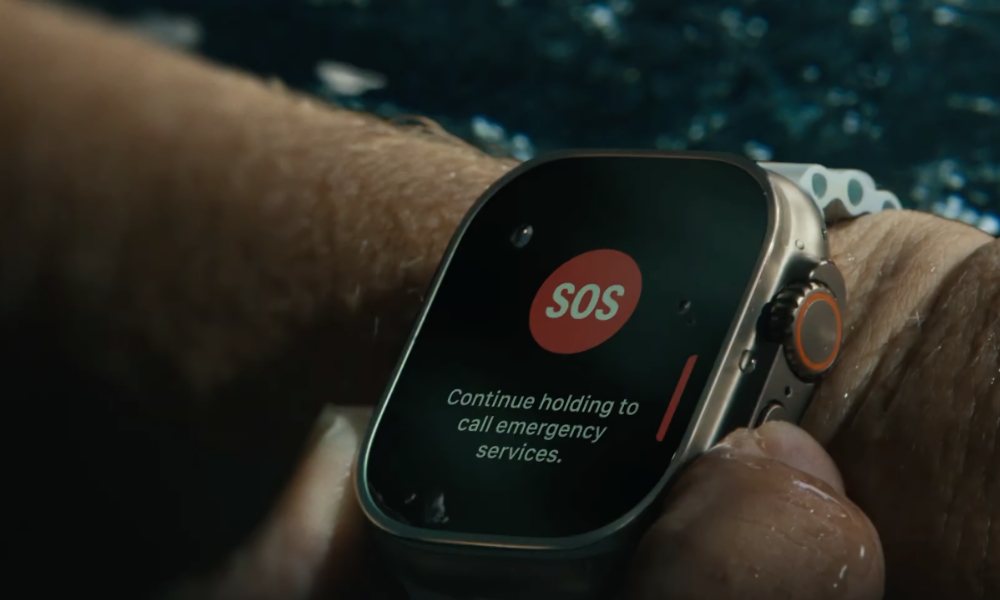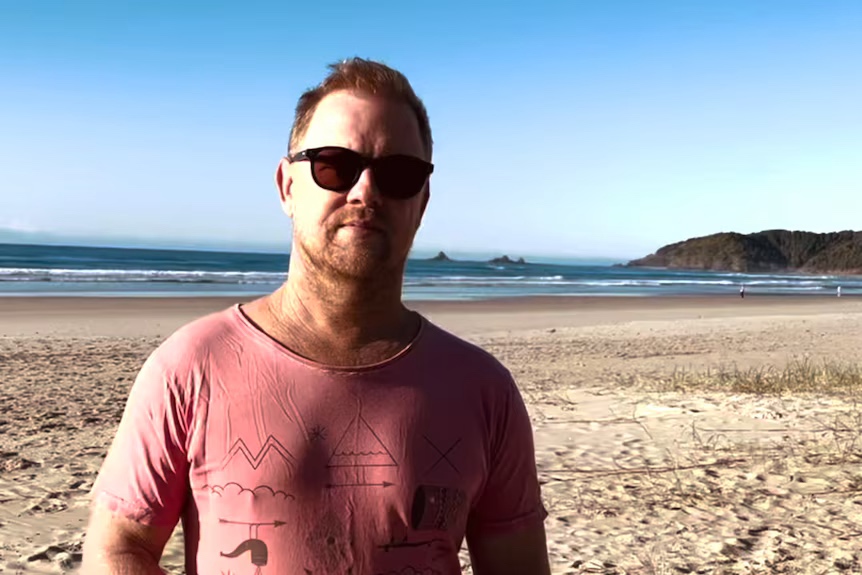Apple Shares an Apple Watch Lifesaving Success Story
 Credit: Apple
Credit: Apple
Toggle Dark Mode
We’ve often shared stories of people being saved by the health features on their Apple Watch. These stories are typically highlighted by local news agencies, like this week’s story of a woman who was diagnosed with a rare cancer after her Apple Watch alerted her to abnormal health readings. It’s less common for Apple to highlight life-saving stories — at least as individual one-offs. However, that’s precisely what Apple Australia did this week on its YouTube channel.
Many times, it’s the Apple Watch health monitoring features that save lives, from an incident where the ECG saved a mom and her unborn baby to the Canadian firefighter who was rescued from a heart attack. The blood oxygen sensor also gets its share of the credit, such as when it alerted a Cleveland man to life-threatening blood clots.
The Apple Watch health sensors have been shown to detect potential conditions such as atrial fibrillation, myocardial ischemia, ventricular bigeminy, and supraventricular tachycardia and have even alerted wearers to signs of blood clots, erupted ulcers, and kidney failure. While it’s not a diagnostic device, the abnormal readings have encouraged many folks to seek proper medical attention, resulting in the discovery of conditions they wouldn’t have otherwise known about.
However, the Apple Watch has another vital set of life-saving features. Thanks to Emergency SOS, combined with Fall Detection and Crash Detection, it’s become an indispensable way to call for help when you’re in trouble. We’ve seen stories of how it’s saved cyclists from raging rivers and others from falling off cliffs — and even helped folks stranded at sea.
It’s an incident in this last category that Apple decided was worth a featured story. As we shared last July, an Australian bodysurfer, Rick Shearman, was swept out to sea while treading rough seas at Tallow Beach. Shearman ended up caught in an impact zone between breaking waves and “copped a couple of big ones on the head,” as he said then, but he couldn’t find a current that would let him get back to shore.
It became clear after about 20 minutes that I wasn’t going to make it back in, and I needed some assistance,” Shearman recounted, with all the currents “going straight out to sea.”
Thankfully, he was wearing his Apple Watch Ultra at the time, and it was hooked up to cellular service, allowing him to call Triple Zero (000) — the Australian equivalent of 911. It took about an hour for rescuers to arrive on the scene, but operators stayed on the line with him the whole time.
Now, Apple Australia has published Shearman’s tale as a sort of mini-documentary: Rick’s Rescue: A true Apple Watch story.
While there were obviously no cameras around when the actual incident occurred, Shearman worked with Apple to create a dramatic re-creation, obtaining the original audio from the emergency services dispatchers to share the call in Rick’s voice.
The Apple Watch Ultra includes cellular connectivity, but that’s optional on the Apple Watch SE and standard “Series” models, with cheaper “GPS” Wi-Fi-only models. Although most carriers will require you to pay a few bucks more if you want to add it to your iPhone plan, stories like this reveal how that’s worth it if you have an active lifestyle where you may find yourself stranded without your iPhone nearby.
However, it’s also a good idea to spring for a cellular Apple Watch even if you don’t want to pay for a plan. Many countries, including the US, Canada, and Australia, have laws that require all cellular-capable devices to be able to call emergency services — even if they’re not hooked up or don’t even have a SIM card inserted (in the case of an iPhone). This means Shearman would have been able to contact Triple Zero from his Apple Watch Ultra even if he wasn’t paying for a plan. He wouldn’t have been so fortunate had he been wearing a GPS Apple Watch Series 10.
Further, modern Apple Watch models not only let you trigger an Emergency SOS manually but will also automatically place that call when it detects a fall or car crash — even if you’re unconscious.








